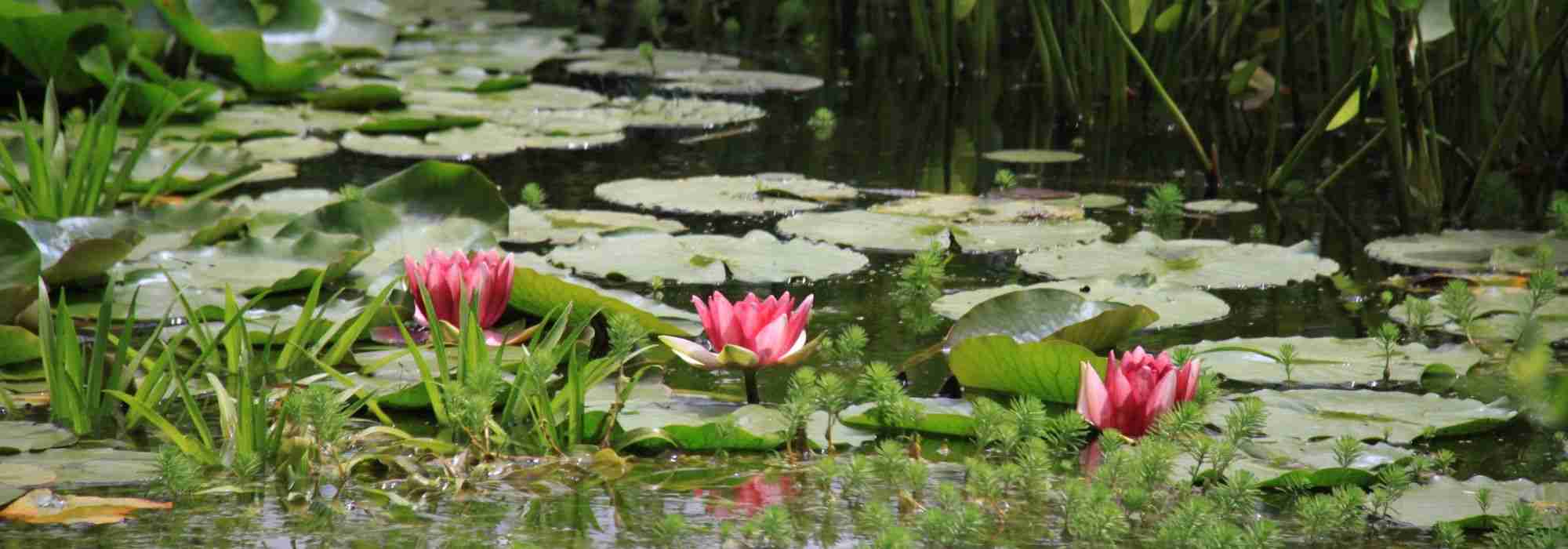
Choosing aquatic plants for a pond or a basin
For an exceptional water garden
Contents
To design a pond or water feature, think of the space as a flower bed. In the garden, you do not plant at random and you take into account plants’ needs, their size, colour combinations and, above all, their long-term effect… To plant up a water feature, it’s much the same: each plant must occupy the place best suited to it.
Floating plants are positioned in the centre and on the water, oxygenating plants are completely submerged, semi-aquatic plants should have only their “feet” in the water, and marginal plants, which prefer moisture, will be content with moist, cool soil at the edges of the water feature.
Taking all this into account, it becomes quite straightforward to plant up a small pond in a harmonious and effective way.
Oxygenating plants
Their roles
As their name suggests, these plants, thanks to photosynthesis, produce oxygen beneficial to life in the pond and even to bacteria, which can then break down organic matter to make it available to plants. They compete with algae and facilitate sedimentation of suspended materials (soil, sand, organic waste), thereby helping to make water clearer. These plants also provide egg-laying sites for molluscs, insects and amphibious animals, as well as shelter for all these creatures.
Which plants to choose?
There are many different oxygenating plants. It is generally best to favour native species, as they are hardier and beneficial to wildlife. If space allows, try to include two or three different species because not all produce oxygen year-round: Myriophyllum, Callitriche, Ceratophyllum…
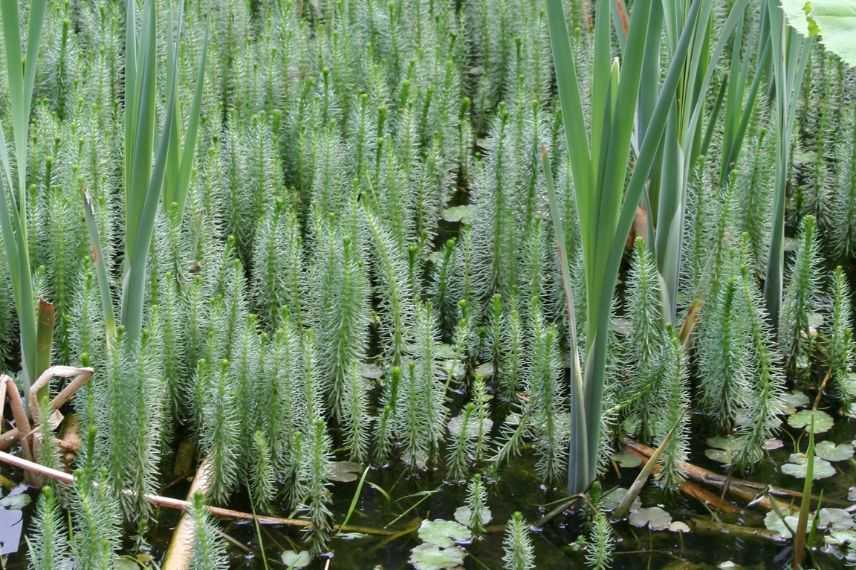
Mare’s-tail emerges from water like little fir trees
→ Discover a selection of our favourite oxygenating plants in this article : “8 oxygenating plants for your pond or water feature”
Read also
10 aquatic plants, submerged or floatingFloating plants
Their roles
Floating plants are often flowering and spectacular and have an undeniable aesthetic appeal. Sometimes they also provide food for certain pond inhabitants, as with water lentils, for example. These plants also provide beneficial shade within the pond itself. Please note however do not exceed 30 % blanket bog of the surface. Finally, some can also serve as landing platform, notably for dragonflies and damselflies.
Which plants to choose?
Two types of floating plants can be distinguished :
- rooted floating plants : they float on the surface of the water but must take root in the bottom of the water : Nénuphar jaune, Nymphéa, Potamot…
- floating plants whose roots remain near the surface of the water : water lentils, water chestnut…
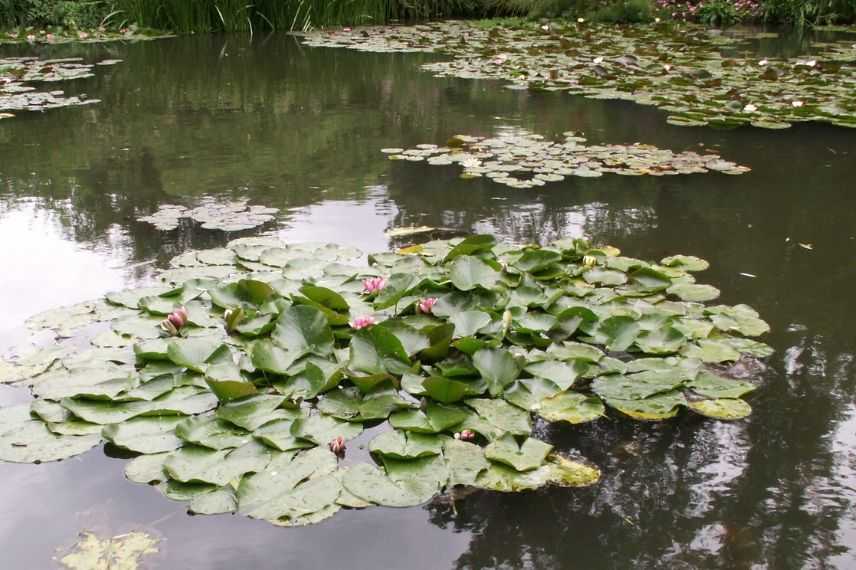
Water lilies are probably the best-known floating plants
please note : many non-rooted exotic floating plants are no longer sold. They have been declared EEE (Exotic Invasive Species) and withdrawn from sale because considered too disruptive, even destructive, for natural wetlands.
Discover other Aquatic plants
View all →Available in 0 sizes
Available in 1 sizes
Available in 2 sizes
Available in 3 sizes
Available in 1 sizes
Available in 1 sizes
Available in 1 sizes
Available in 1 sizes
Available in 1 sizes
Available in 1 sizes
Semi-aquatic plants
Their roles
First role that comes to mind is their obvious aesthetic appeal but these plants also provide shelter for semi-aquatic fauna and support for young dragonflies in full morphosis. It is primarily on these plants that you will find most shed skins or exuviae of these charming insects. Moreover many insects and other arthropods live only in and on these plants, such as, for example, the Epaire des roseaux, a striking spider living only in reeds.
These plants also help to purify water by consuming nitrates and phosphates for their growth. They thus prevent what is called eutrophication of water which is often fatal to pond or pool fauna.
Which plants to choose?
Often imposing and spectacular, semi-aquatic plants rarely go unnoticed. Among them you will find: Yellow iris, Bogbean, Bulrush, Arrowhead, Common spike-rush, Reed, Ribbon grass, Water plantain, Flowering rush, …
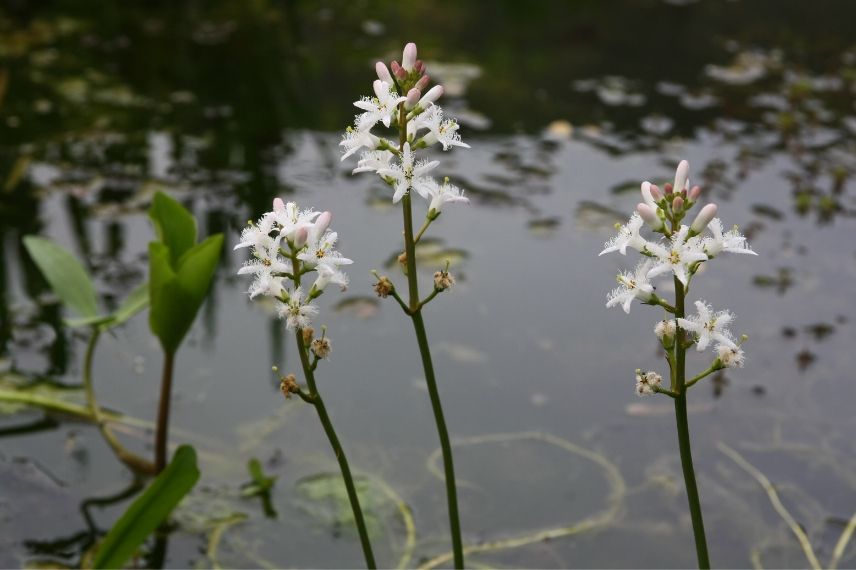
The bogbean offers a most refined flowering
Riverside plants
Their roles
Often very ornamental, all bank plants help stabilise banks thanks to their roots. They also provide shelter for wildlife and form a buffer zone between the wet medium and other media in your garden. In addition, these plants create a physical barrier to prevent accidental falls into the pond…
Which plants to choose?
You will have plenty of choice! All plants that like moist to fresh soils can make their home there: Scattered rush, meadowsweet, yellow loosestrife, marsh buttercup, purple loosestrife, eupatorium, angelica, valerian, marsh forget-me-not, aquatic mint, …
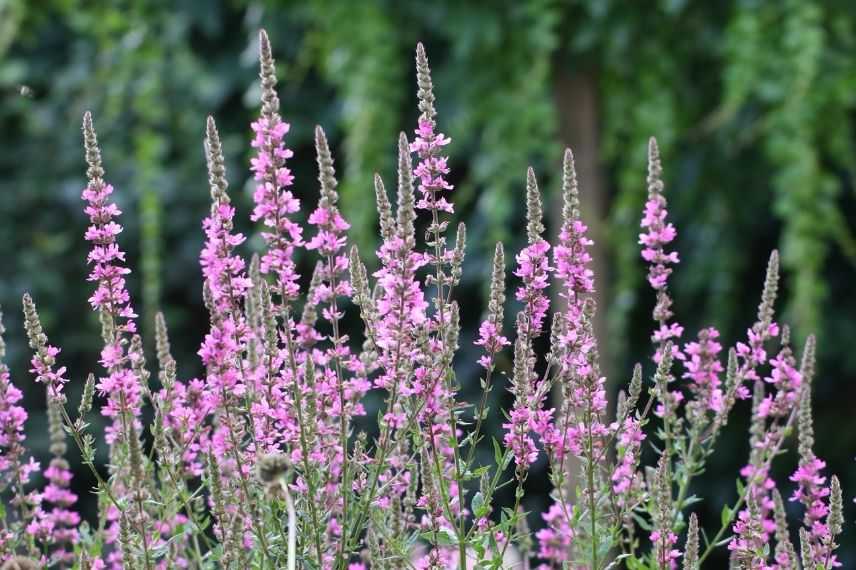
Purple loosestrife is an essential bank plant!
→ Find all our perennials for wet banks in our online nursery.
Find out more
- Join Olivier by the water as he presents the bogbean (Menyanthes trifoliata):
- Subscribe!
- Contents
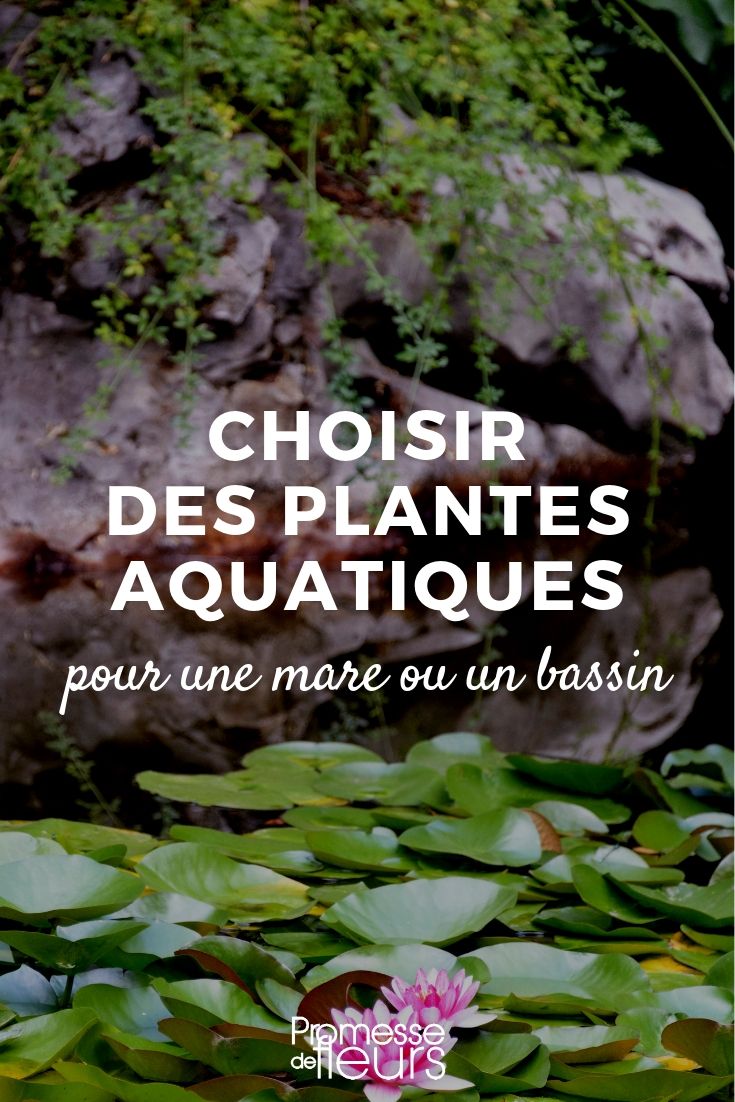































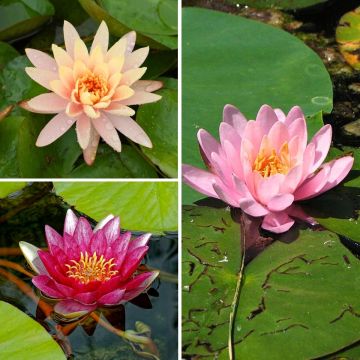
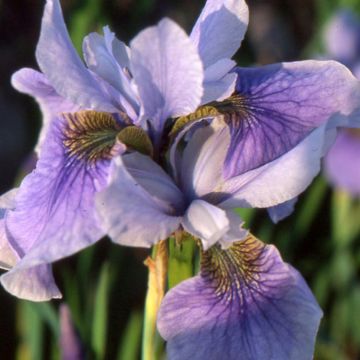
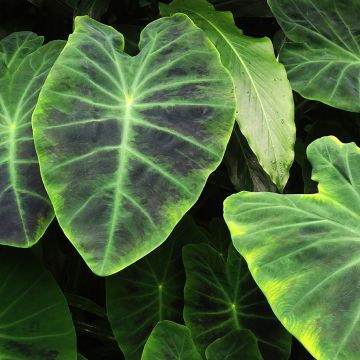
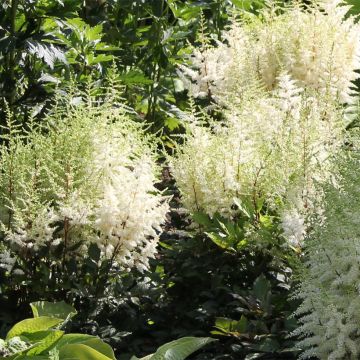
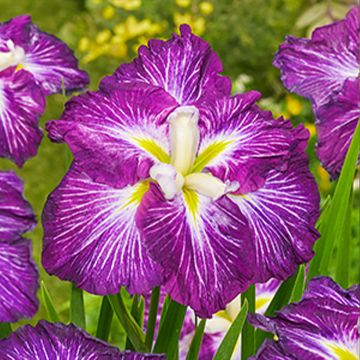

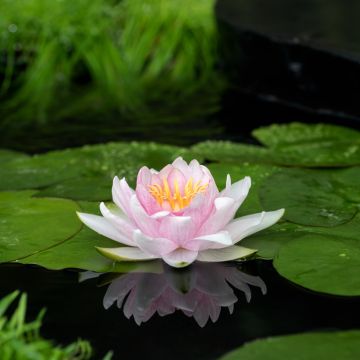
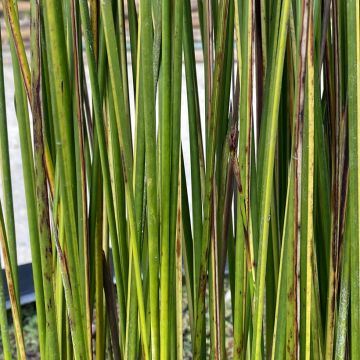
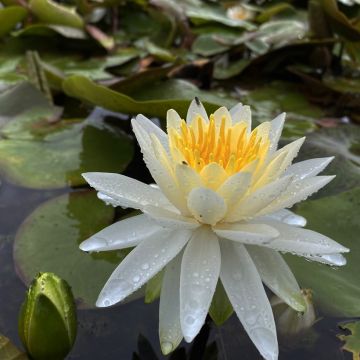
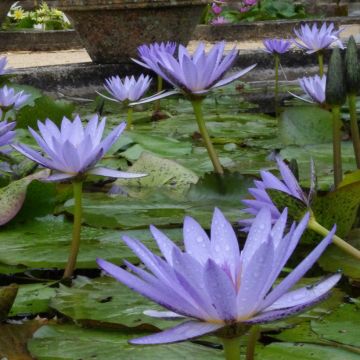
Comments